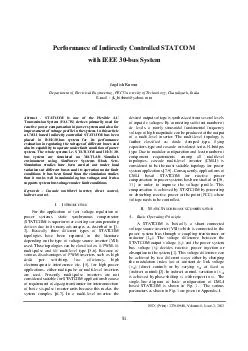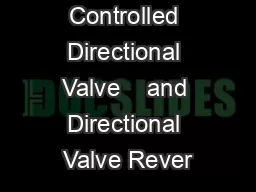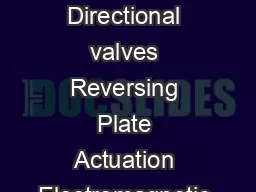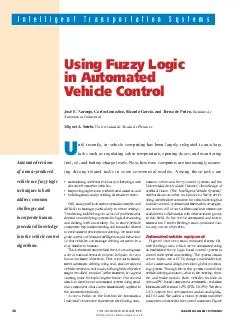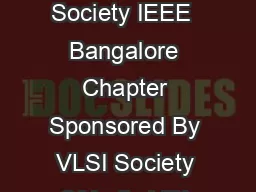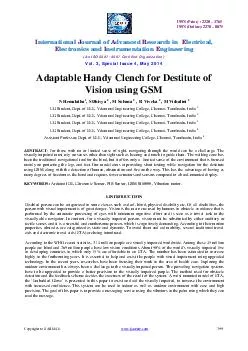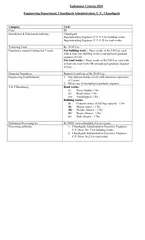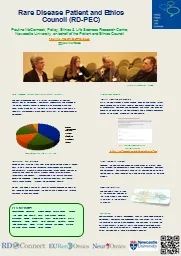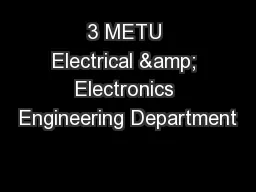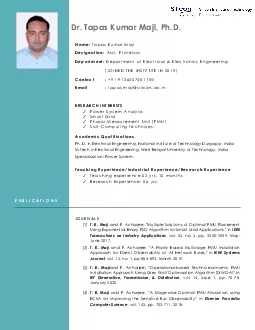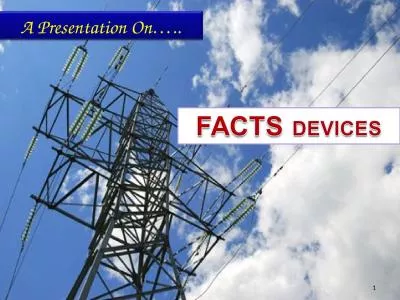PDF-ISSN Print Volume Issue Performance of Indirectly Controlled STATCOM with IEEE
Author : calandra-battersby | Published Date : 2014-12-16
com Abstract STATCOM is one of the Flexible AC Transmission System FACTS devices primarily used for reactive power compensation in power system and also for improvement
Presentation Embed Code
Download Presentation
Download Presentation The PPT/PDF document "ISSN Print Volume Issue Performanc..." is the property of its rightful owner. Permission is granted to download and print the materials on this website for personal, non-commercial use only, and to display it on your personal computer provided you do not modify the materials and that you retain all copyright notices contained in the materials. By downloading content from our website, you accept the terms of this agreement.
ISSN Print Volume Issue Performance of Indirectly Controlled STATCOM with IEEE : Transcript
Download Rules Of Document
"ISSN Print Volume Issue Performance of Indirectly Controlled STATCOM with IEEE "The content belongs to its owner. You may download and print it for personal use, without modification, and keep all copyright notices. By downloading, you agree to these terms.
Related Documents

